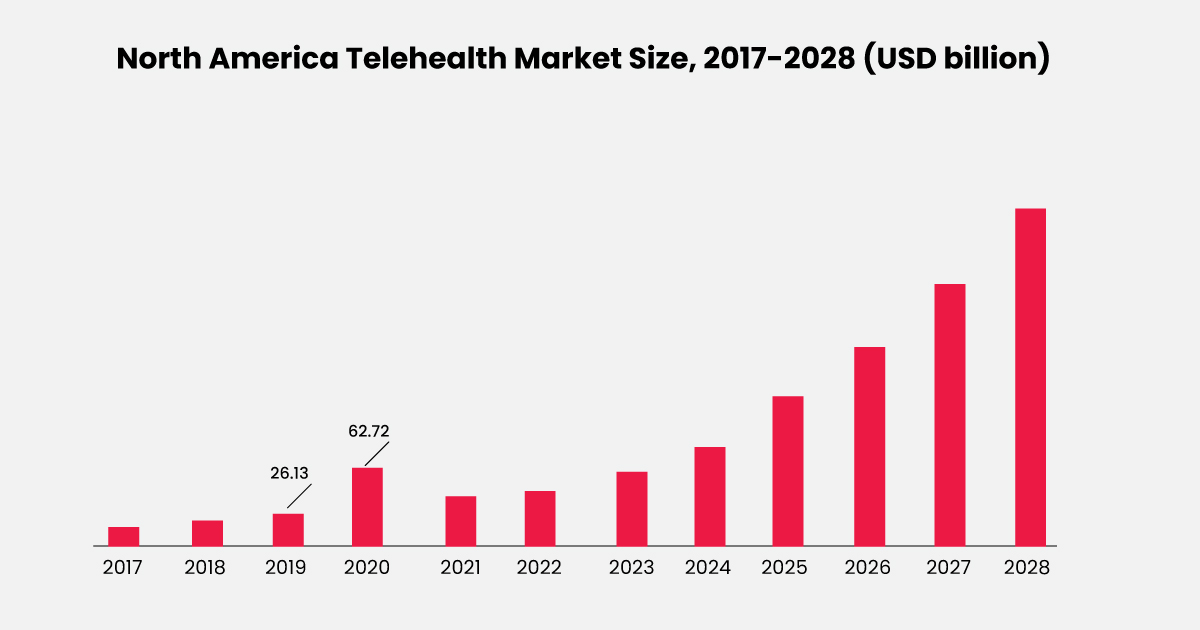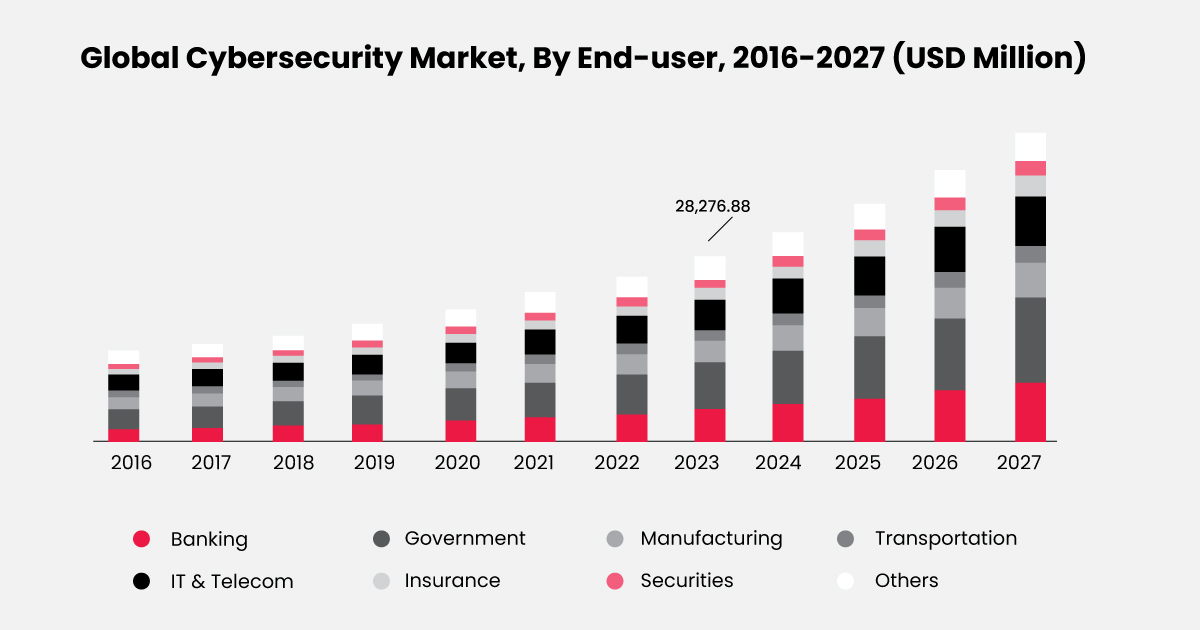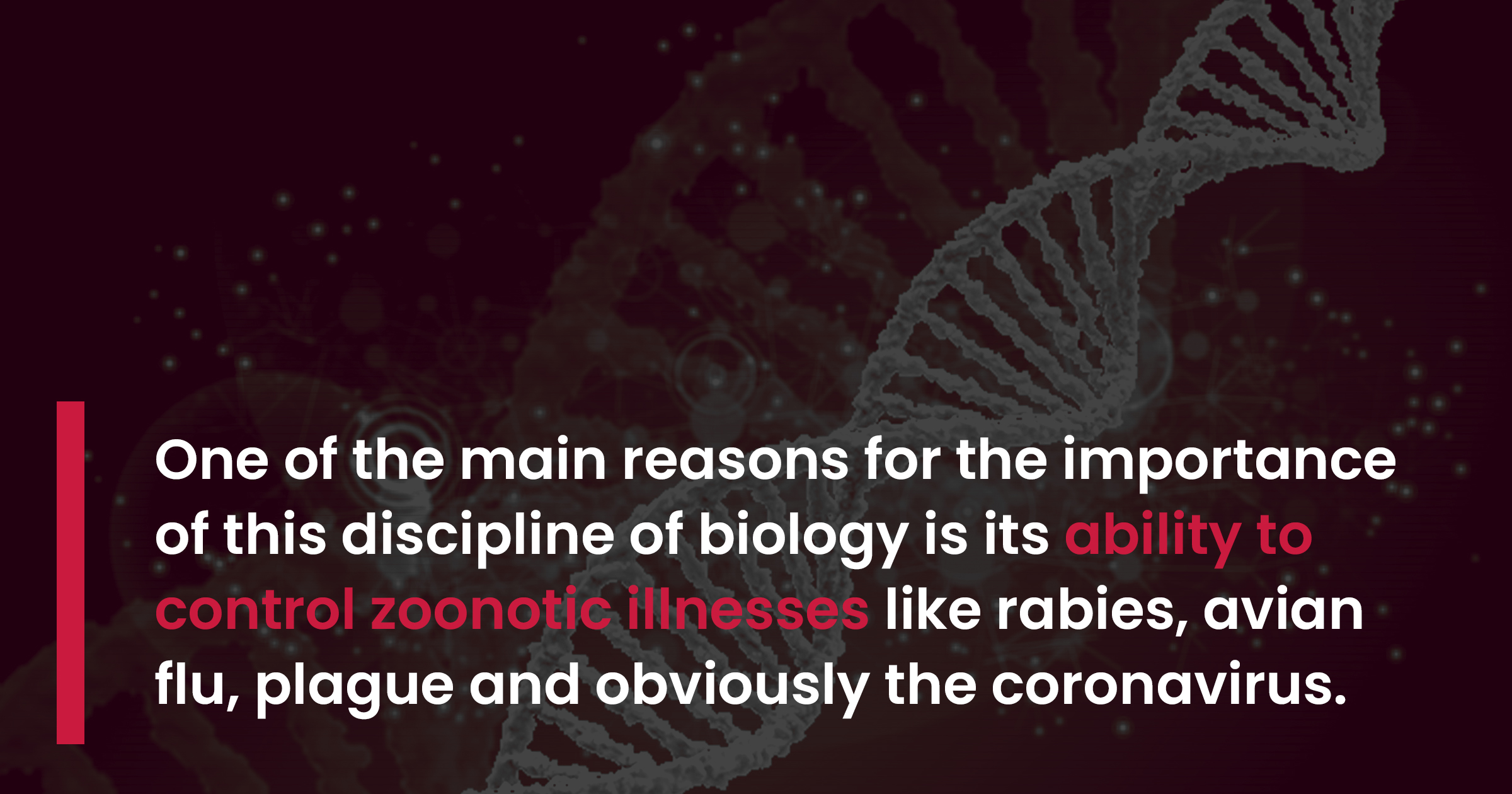Advancements in new technology trends are stimulated on almost a daily basis by meaningful improvements in hardware and software as well as upgrades in data analysis, cybersecurity, healthcare and sustainability. Surprisingly, one of the catalysts of these processes was the COVID-19 pandemic when many companies worldwide were forced to shift to remote and hybrid working which in turn has also led to certain technological advancements.
Organizations have become more flexible, adapting to the ‘new normal’ and launching improved solutions to assist others to manage their work.
Here are seven innovative technologies that are worth following in 2022 and beyond:
1. Educational technology
The COVID-19 pandemic was the reason why so many schools and universities around the world shifted to online education and this had a serious impact on the e-learning sector.
To resolve the challenges this presented, educational technology organizations developed digital platforms for remote learning. Investments in the e-learning market increased and continue to register a rise, especially with the growth in demand for new online education software and video conferencing technology.
Estimates show that by 2026 the online learning market is expected to register an enormous development level of almost 110%.
2. Telehealth
Last year saw an increase in telehealth, that is the remote monitoring, diagnostics, assessments and consultations between medical specialists and patients. Experts consider that the telehealth industry is likely to increase from US$90.74 billion in 2021 to US$636.38 billion in 2028.
The rate at which telehealth has been adopted is staggering, particularly in cardiology, radiology and virtual consultation. For instance, new telecare devices can keep track of a patient’s health, detect alterations in lifestyle and internal body conditions, allowing specialists to predict possible health problems such as heart conditions.
 Telemedicine machines and surgical robots are two other technologies that have considerably improved in terms of contactless patient interactions.
Telemedicine machines and surgical robots are two other technologies that have considerably improved in terms of contactless patient interactions.
Researchers and engineers are also focusing on machine learning algorithms that can analyze data to identify those patients who may require telehealth programs. The AI could alert specialists should a patient’s health indicators surpass a predefined threshold.
3. Artificial Intelligence and Machine Learning
Experts believe that the AI market will continue to register significant growth and by 2026 it will reach US$309 billion.
Machine Learning (ML), a subtype of AI, is also being applied in a wide range of businesses resulting in high demand for trained personnel. Based on data from Forrester, AI and machine learning will generate 9% of all new employment in the near future including AI engineers, robot monitoring experts and data scientists.
Machine vision is also an important trend in the AI industry. Computers are expected to show improvements in the identification of items in a video or photograph.
Natural language processing has registered a significant improvement allowing machines to understand our voices and to talk back to us.
This year we can expect the delivery of low-code and no-code developing platforms. Thus, non-AI specialists will be able to construct AI apps from pre-defined elements on machine learning platforms. This means that people will not require hard-coded programming.
4. Cybersecurity
Cybersecurity may not appear to be an area that is groundbreaking but it is progressing in the same way that other innovations are. This is due to the fact that threats are constantly evolving.
Malicious hackers are not going away anytime soon and they will continue to develop ways to dodge even the most stringent security protocols.
Experts say that the number of cybersecurity positions is expanding much faster than the overall IT market. Specialists predict that by 2025, around 60% of businesses will consider cybersecurity risks as one of the main factors with regard to third-party transactions and strategic partnerships.
According to a recent study, the size of the cybersecurity market is expected to exceed US$400 billion by 2027.
 5. Extended reality
5. Extended reality
Extended reality (ER) encompasses virtual, augmented and mixed reality. Advancements in ER make way for remarkable experiences in the metaverse, a virtual space that people can access via various devices and platforms.
Within organizations, ER can help to improve communication when people are working on projects with their colleagues in digital spaces. As for the entertainment industry, ER has the ability to make gaming even more ‘real’.
The current year is expected to deliver more portable virtual reality devices that may look like ordinary glasses that we can connect to our phones and be rewarded with superior VR experiences on the go.
Augmented and virtual reality have immense potential in education, marketing and even post-injury therapy. Among many other uses, these technologies can be used to train surgeons, provide a more immersive experience for museum visitors or improve theme parks.
6. Genomics
Genomics is a branch of biology that focuses on the structure, operation, identification and alteration of genomes. Genomics, gene editing and synthetic biology should be watched closely in 2022 since these can improve crops, treat and eliminate diseases, create new vaccines and help make other medical and biological discoveries.
Experts anticipate the growth of the global genomics market to rise from US$27.81 billion in 2021 to US$94.66 billion by 2028.
7. The Internet of Things (IoT)
Today, many physical objects are designed with Wi-Fi connectivity (TVs, lighting fixtures, home security systems, video cameras, vehicles) which allows these to connect to both the internet and to one another. This is the IoT.
In addition to ordinary people, the IoT can bring many benefits to businesses. As information is captured and evaluated, this technology allows organizations to improve corporate safety, make better-informed judgments and develop more efficient operations by centralizing all of their data.
According to predictions, about 30 billion of today’s IoT-connected gadgets will be in use worldwide by 2030 resulting in a huge web of interconnected items ranging from phones to kitchen appliances. Global spending on IoT is expected to exceed US$1.1 trillion in 2022.
Final word:
The impact of the COVID-19 pandemic on technical progress is obvious. A greater number of people and organizations have become more aware of the importance of increasing e-commerce and digital payments as well as upgrading online security and using collaborative technologies.
With an increasing number of children stuck at home, online education now plays a major role and to this day more attention is being paid to new technologies and the improvement of older ones.
These technologies will continue to evolve with AI playing one of the key roles in business and entertainment. Simultaneously, it is crucial to seek the balance between groundbreaking technologies and ways to regulate these to ensure safety and confidentiality.
Suggested reading:
Can Artificial Intelligence and Machine Learning change the expert network industry?
Seven expert engagement styles to gain the most valuable insights
Private equities and consultants are the main users of Expert Networks. Who else?
Share to


